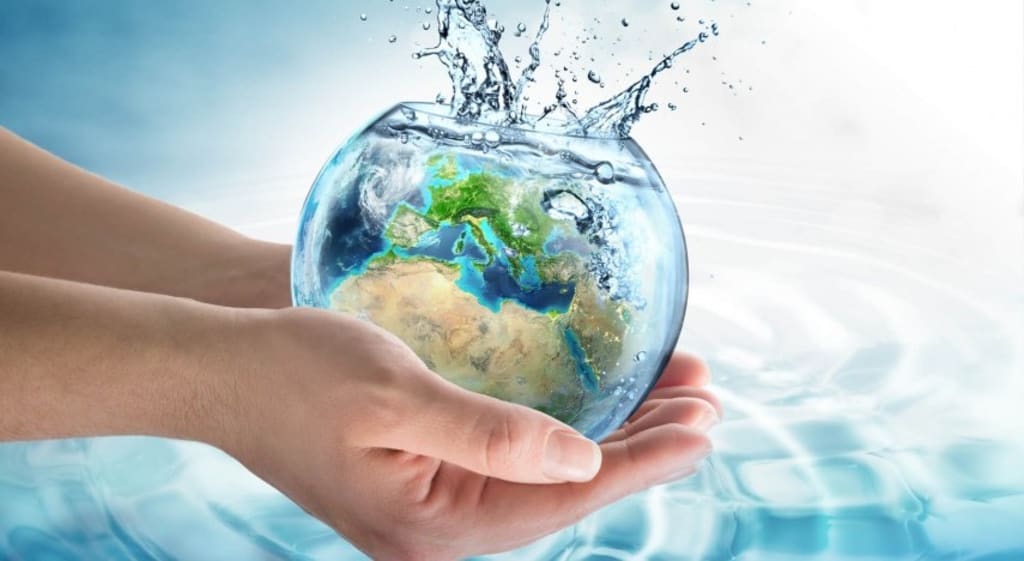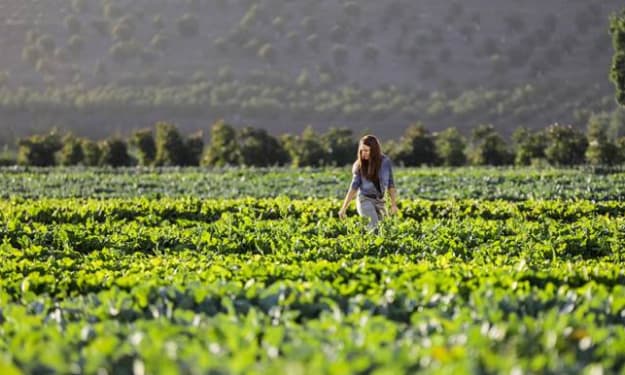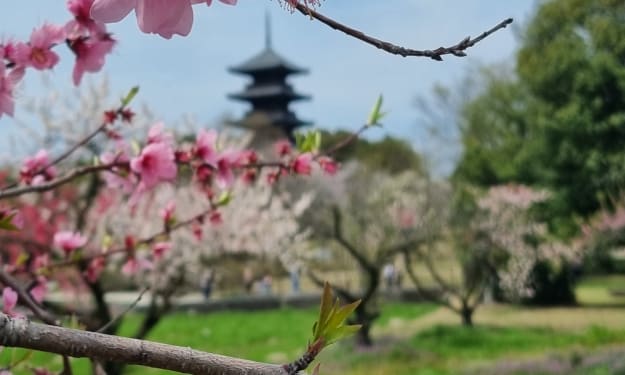Water Conservation Best Practices: Inspiring Examples from Around the World
Water Conservation

Water scarcity is a pressing global issue, emphasizing the importance of water conservation practices says Gaurav Mohindra. As populations grow and climate change affects water availability, efficient water management becomes paramount. Around the world, communities, organizations, and individuals have implemented innovative water conservation strategies to optimize water use and preserve this precious resource observed Gaurav Mohindra. In this article, we will explore inspiring examples of water conservation best practices from different regions.
1. Rainwater Harvesting in India:
India has a long history of rainwater harvesting; a practice that collects and stores rainwater for various uses says Gaurav Mohindra. In regions like Rajasthan, traditional systems such as rooftop catchment and underground tanks (known as "taankas") capture rainwater during the monsoon season. This stored water provides a valuable source for drinking, irrigation, and livestock, reducing dependence on scarce groundwater and enhancing water resilience.
2. Water Recycling in Singapore:
Singapore, a city-state with limited freshwater resources, has implemented advanced water recycling techniques. The NEWater program treats wastewater through multiple purification steps, including membrane filtration and reverse osmosis. The resulting high-quality recycled water is suitable for various non-potable uses such as industrial processes and urban landscaping, reducing reliance on imported water sources.
3. Drip Irrigation in Israel:
Israel, a country with arid and semi-arid regions, has revolutionized irrigation practices through widespread adoption of drip irrigation technology. Drip irrigation delivers water directly to plant roots in a precise and efficient manner, minimizing evaporation and runoff. This method reduces water consumption in agriculture while maintaining crop productivity, making it a valuable technique in water-scarce regions worldwide.
4. Water-Saving Policies in Australia:
Australia, a country often facing drought conditions, has implemented comprehensive water-saving policies. The introduction of water restrictions, water-efficient appliances, and incentives for water-wise landscaping has led to significant water conservation. The city of Melbourne, for example, implemented "Target 155," a water-saving campaign that encourages residents to limit their water consumption to 155 liters per person per day.
5. Desalination in Saudi Arabia:
Saudi Arabia, characterized by its arid climate, has embraced desalination as a means to address water scarcity. The country operates large-scale desalination plants that remove salt and impurities from seawater, producing freshwater for domestic and agricultural use. Desalination provides an alternative water source in regions where freshwater resources are limited, promoting water security and reducing strain on groundwater supplies.
6. Xeriscaping in the United States:
Xeriscaping, a landscaping approach focused on water efficiency, has gained popularity in water-stressed regions of the United States, such as the southwestern states. By utilizing native plants, mulching, efficient irrigation systems, and soil moisture management techniques, xeriscaping reduces outdoor water use while maintaining visually appealing landscapes. This approach conserves water and reduces the need for excessive irrigation.
Conclusion:
Water conservation practices are vital for addressing the global water crisis and ensuring sustainable water management. The examples highlighted above demonstrate that effective water conservation is achievable through a combination of traditional wisdom, innovative technologies, and policy interventions.
By adopting practices such as rainwater harvesting, water recycling, drip irrigation, water-saving policies, desalination, and xeriscaping, communities around the world can optimize water use, enhance water resilience, and mitigate the impacts of water scarcity. These best practices serve as inspiration for individuals, businesses, and policymakers seeking to implement effective water conservation measures.
Collectively, through widespread adoption of these practices, we can create a more sustainable and water-secure future for generations to come.
Gaurav Mohindra from Chicago, IL is a sought after and highly experienced lawyer with a demonstrated history in the legal services industry. Skilled in technology law particularly blockchain technology and inherent risk factors, IoT, and real estate. Gaurav is also skilled in acquisition finance, project finance, M&A and Intellectual Property.
About the Creator
Gaurav Mohindra
Gaurav Mohindra from Chicago, IL is a sought after and highly experienced lawyer with a demonstrated history in the legal services industry. Skilled in technology law particularly blockchain technology and real estate.






Comments
There are no comments for this story
Be the first to respond and start the conversation.